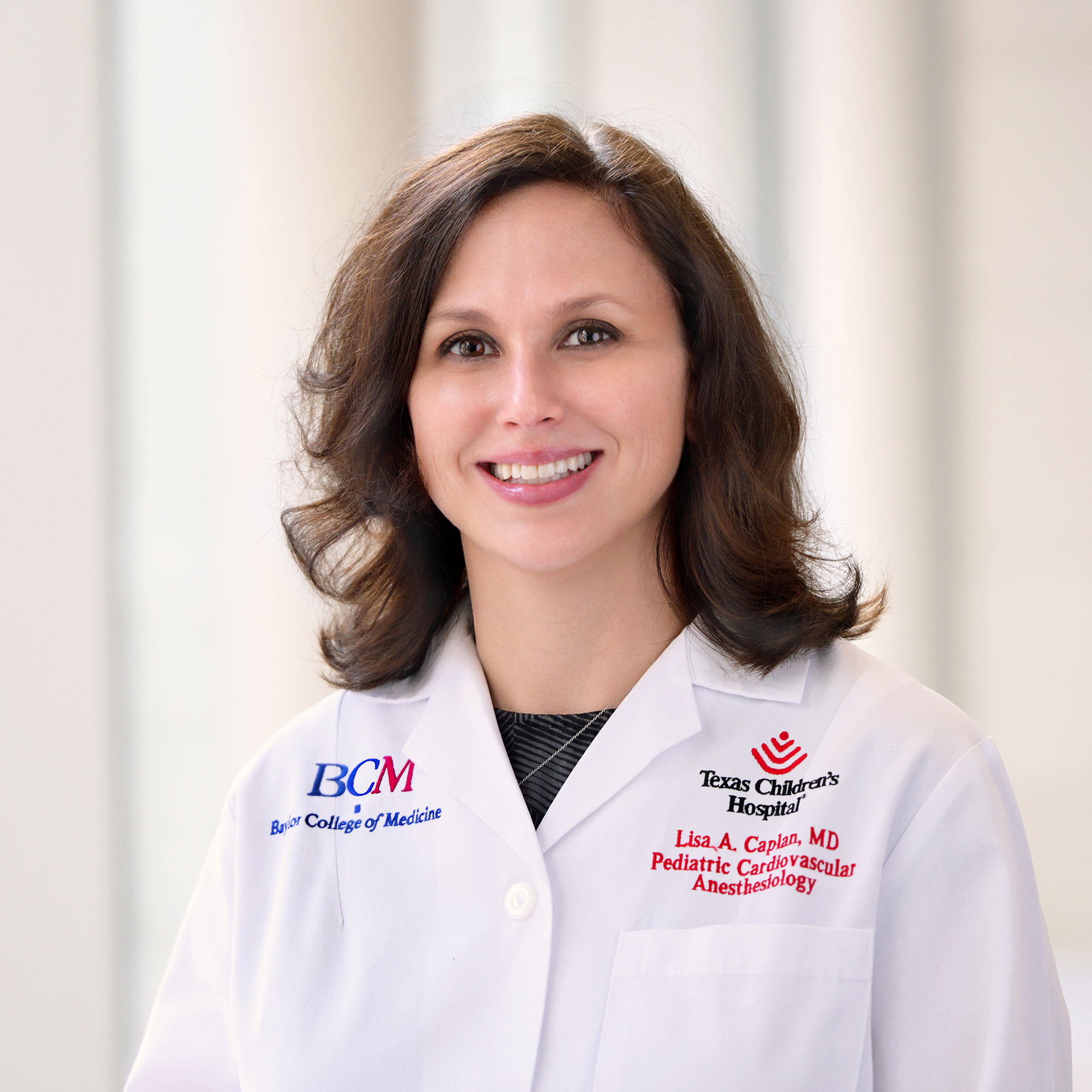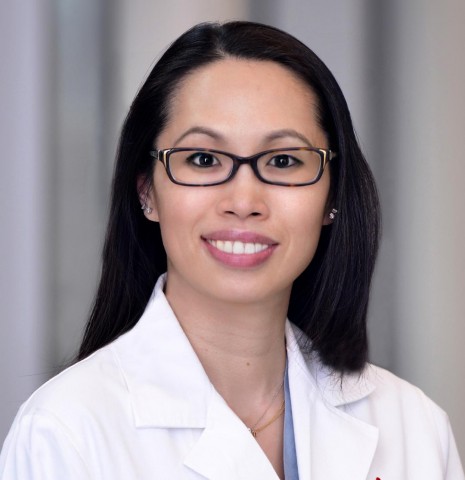Creativity And Innovation In Education During the COVID-19 Pandemic
 |
| Lisa Caplan, MD |
 |
| Kathleen Chen, MD, MS |
 |
| David Young, MD, MEd, MBA |
Aerosol generating procedures (AGPs), especially those during the perioperative period, are high risk for transmitting SARS-CoV-2. Infection with SARS-CoV-2 has resulted in COVID-19 which has produced significant morbidity and mortality worldwide. When the COVID-19 pandemic first surfaced, many health care workers considered themselves unprepared to effectively manage a patient infected with SARS-CoV-2. The perioperative staff at our institution expressed significant apprehension that if PPE were not used properly when caring for these patients, that they would become ill from COVID-19. We developed perioperative training sessions to mitigate the concern of perioperative personnel infection from SARS-CoV-2; this was accomplished by reviewing and practicing personal protective equipment (PPE) usage and new perioperative care pathways. Ultimately, these educational sessions mitigated the risk of SARS-CoV-2 transmission by properly instructing our perioperative personnel on how to utilize PPE appropriately, and gave them guidance on how to safely proceed through the patient care workflow.
Although it would have been ideal to use actual PPE for instruction, training of staff members needed to be balanced against the significant concerns of PPE shortages. We developed a perioperative training session for PPE usage which was reinforced by using simulation scenarios and workflow checklists. These training sessions emphasized active learning, live demonstrations, and actual practicing of PPE donning and doffing by using every-day alternatives to substitute for actual PPE items including: mydriatic eye protectors used as goggles; scrub jackets used as PPE gowns; and rubber bands were used in place of non-sterile gloves. We reinforced PPE learning concepts by creating a comprehensive simulation scenario which required the anesthesiologists to don/doff PPE properly, and provided an opportunity to practice AGPs with the physical challenges of wearing PPE. This scenario was created using expert opinion provided by the Pediatric Difficult Intubation Collaborative (PeDI-C).
We found that the learners were engaged and that the PPE alternatives were acceptable for training. At the time of this communication, there have been over seventy anesthetics performed for either a COVID-19 positive patient or Person Under Investigation at our institution. We believe that a training program to reinforce key skills such as PPE usage and guidance from a checklist for new perioperative care pathways are critical for keeping our workforce safe.


